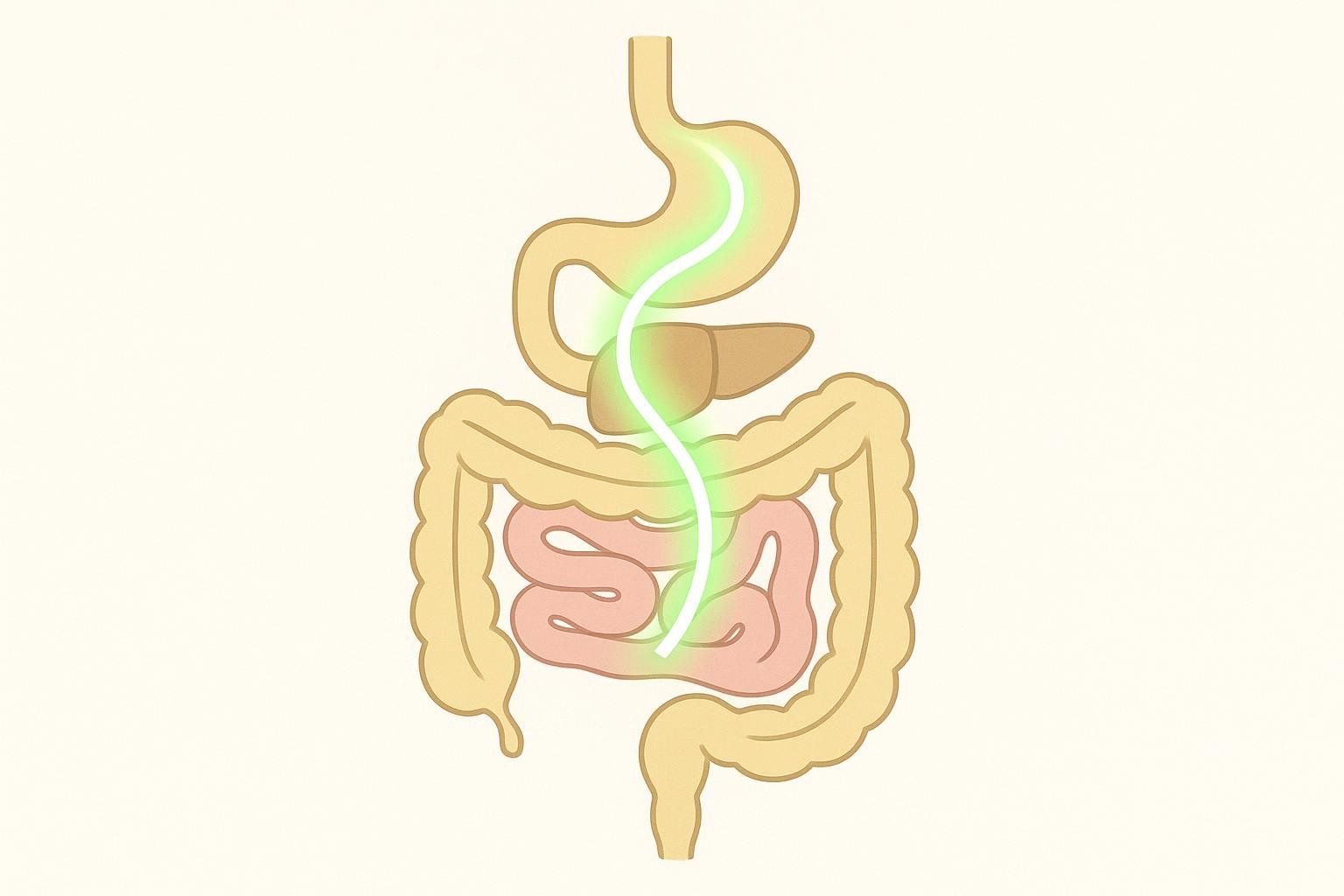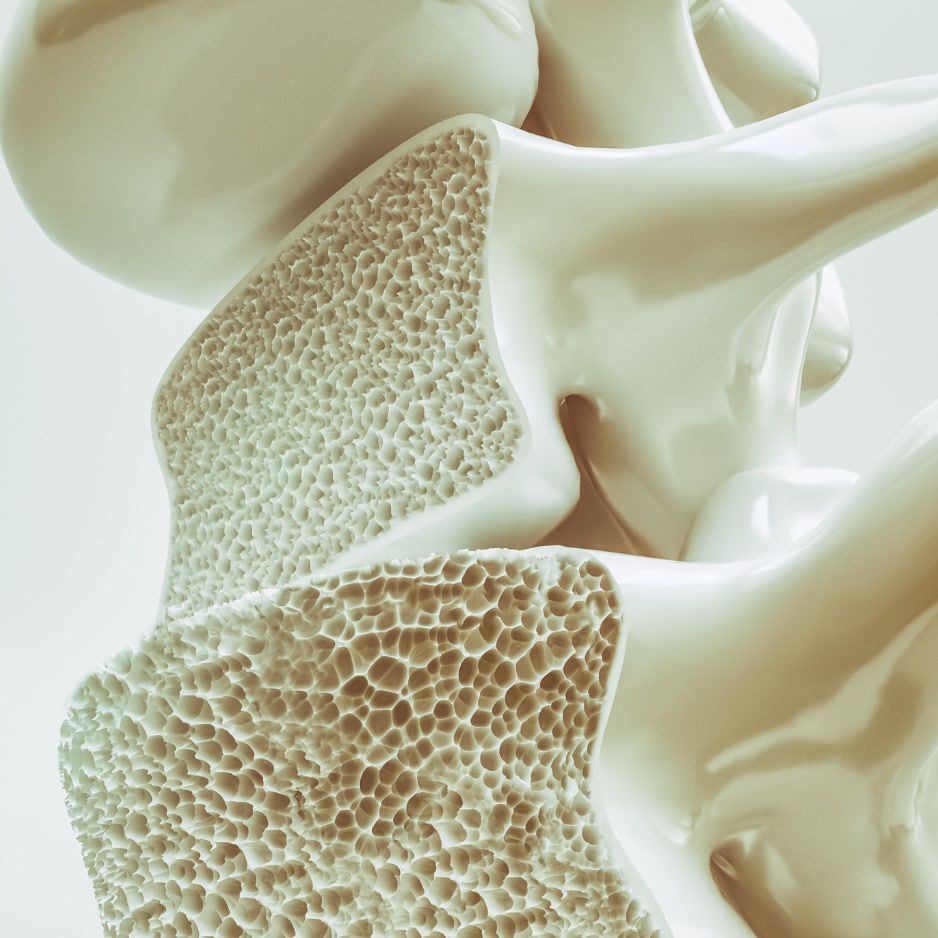Probiotics for Women: Strains and Benefits Guide

Probiotics for Women: Strains & Benefits Guide
Discover how specific probiotic strains can calm digestion, cut UTI risk, and support vaginal health through key life stages—backed by clinical science.
Your gut and vaginal microbiomes influence everything from nutrient absorption to immune signaling. When these bacterial communities fall out of balance, symptoms like bloating, yeast infections, or mood swings often follow. This comprehensive guide to probiotics for women explains which clinically proven strains deliver targeted benefits, so you can match the right supplement to your health goals.
Quick-Look Strain Selector
| Your Goal | Clinically Studied Strain(s) | Suggested Daily CFU | Supporting Study |
|---|---|---|---|
| Ease bloating & irregularity | Bifidobacterium lactis HN019, Lactobacillus plantarum 299v | 1.8–17.2 B CFU | Dose–Response Trial on GI Transit (2011) |
| Prevent recurrent UTIs | Lactobacillus rhamnosus GR-1 & L. reuteri RC-14 | ≥10 B CFU | Systematic Review on UTI Prevention (2018) |
| Prevent BV recurrence | Lactobacillus crispatus CTV-05 | 1–10 B CFU | NEJM Trial on BV Recurrence (2020) |
| Safe for pregnancy | Bifidobacterium longum BB536, Lactobacillus rhamnosus GG | 6–12 B CFU | Systematic Review on Probiotics in Pregnancy (2024) |
| Weight management | Lactobacillus gasseri SBT2055 | 10 B CFU | RCT on Visceral Fat Reduction (2010) |
| Menopause immune & pH | Lactobacillus reuteri DSM 17938 | 5–10 B CFU | Women’s Health Review on L. reuteri (2023) |
| Immune & mood support | Lactobacillus helveticus R0052 + Bifidobacterium longum R0175 | 3–5 B CFU | British Journal of Nutrition study (2011) |
Note: Probiotic strain names include a specific identifier, and CFU stands for colony-forming units. Always confirm dosage and safety with your healthcare provider.
Why Women’s Microbiome Needs Are Unique
Women host two extra microbial ecosystems—the vaginal and urinary tracts. Healthy vaginal flora is dominated by Lactobacillus species that keep pH around 3.8–4.5, crowding out pathogens and lowering UTI risk (Cleveland Clinic). Hormonal swings, antibiotics, and even tight clothing can tip the balance.

Digestive issues such as irritable bowel syndrome (IBS) and constipation affect women almost twice as often as men (Johns Hopkins Medicine). Meanwhile, pregnancy, peri-menopause, and post-menopause each bring dramatic hormone shifts that ripple through the gut–vagina–brain axis.
Targeted, strain-specific formulas consistently outperform generic blends when addressing these female-specific microbiome challenges.
Proven Benefits of Probiotics for Women
1. Digestive Regularity
A randomized, placebo-controlled study found that 14 days of Bifidobacterium lactis HN019 shortened whole-gut transit time by up to 33% and eased symptoms like bloating and constipation (Dose–Response Trial on GI Transit (2011)).

2. Vaginal & Urinary Health
A 2018 review reported intravaginal or oral Lactobacillus GR-1 / RC-14 reduced recurrent UTIs by 43% compared with placebo (Systematic Review on UTI Prevention (2018)).

3. Pregnancy Support
Comprehensive analyses show no increase in pre-term birth or pre-eclampsia from probiotic use and hint at lower gestational-diabetes risk (Systematic Review on Probiotics in Pregnancy (2024)).

Expecting parents can pair probiotics with our prenatal workout tips in Optimizing Fitness During Pregnancy.
4. Menopause & Healthy Aging
Daily L. reuteri DSM 17938 improved vaginal-comfort scores in post-menopausal women (Women’s Health Review on L. reuteri (2023)). Explore more strategies in Menopause Weight Gain: Causes & Solutions.
5. Immune & Mental Health
Roughly 70% of immune cells reside in gut-associated lymphoid tissue (Frontiers in Immunology review). Early studies link L. helveticus R0052 + B. longum R0175 to reduced stress and anxiety (British Journal of Nutrition study (2011)).

A Closer Look at Key Strains
For BV Prevention: Lactobacillus crispatus CTV-05
- Mechanism: Produces lactic acid and hydrogen peroxide that acidify the vagina and suppress Gardnerella and other BV-related pathogens.
- Consumer Guide: Most research uses vaginal capsules, but newer oral formulas with delayed-release technology are being explored. Check the manufacturer’s storage guidance—many products remain shelf-stable below 77 °F, while refrigeration can further preserve potency.
For UTI Defense: Lactobacillus rhamnosus GR-1 & L. reuteri RC-14
- Mechanism: Co-aggregate with uropathogens, making it harder for E. coli to adhere to bladder walls.
- Consumer Guide: Clinical trials generally administer GR-1 and RC-14 in a 1:1 CFU ratio. Some protocols suggest a short loading phase—higher daily CFU for 1–2 weeks—before moving to maintenance dosing. Discuss any adjustments with your healthcare provider.
For Digestive Regularity: Bifidobacterium lactis HN019
- Mechanism: Increases propionate and butyrate production, which in turn stimulate intestinal motility.
- Consumer Guide: Products that use micro-encapsulation or dual-layer coatings have demonstrated improved gastric survival in vitro (in vitro study on acid and bile tolerance). Pairing the strain with a fiber-rich diet may further support motility.
For Visceral Fat Management: Lactobacillus gasseri SBT2055
- Mechanism: Down-regulates genes involved in fatty-acid synthesis and encourages lipid oxidation.
- Consumer Guide: Clinical studies delivered the strain in fermented-milk carriers. If you opt for capsules, verify the label lists ≥10 B CFU at end-of-shelf-life—the dosage used in visceral-fat studies.
How to Choose the Best Probiotics for Women
- Match the strain to your goal (see table).
- Check CFU at the “best by” date to ensure potency lasts through shelf life.
- Look for third-party testing (USP, NSF, Informed-Choice).
- Opt for delayed-release or enteric-coated capsules if targeting the gut.
- Mind storage needs—some high-potency blends still require refrigeration.
Adding fermented foods—such as yogurt, kefir, kimchi, or sauerkraut—can diversify your gut microbes, while high-quality supplements help you reach therapeutic doses (typically >10 billion CFU) when diet alone isn’t enough.

Dosage & Timing Guidelines
Below are examples from research protocols. Work with your healthcare provider to personalize any regimen.
- General wellness: Many studies test daily doses around 10 B CFU taken with breakfast.
- UTI prevention: Trials with GR-1 and RC-14 often start with two daily doses for the first two weeks, followed by one daily maintenance dose.
- Pregnancy support: Reviews suggest splitting a 6–12 B CFU dose across meals to reduce nausea and enhance absorption.
- Menopause support: Research on L. reuteri typically uses 5–10 B CFU per day, with consistency being more important than timing.
While beneficial, probiotics work best as part of a holistic health strategy. Combining symptom tracking with objective tools—such as regular DEXA scans that reveal visceral fat and body composition—gives you a fuller picture of progress.
Are Probiotics Safe?
For healthy adults, side effects rarely exceed transient gas. Immunocompromised individuals or those with central lines should consult a physician first (Cleveland Clinic). During pregnancy, current reviews find probiotics well-tolerated, but always inform your OB-GYN.
FAQs
Which probiotic is best for UTI prevention in women?
A combo of L. rhamnosus GR-1 and L. reuteri RC-14 has the strongest evidence, cutting recurrent UTIs by 43%.
Can I take probiotics while on antibiotics?
Yes—just separate doses by at least two hours to avoid killing the probiotic.
How long until I feel a difference?
Digestive benefits often appear within 7–14 days; vaginal-health improvements may take four weeks or more.
Conclusion
Choosing probiotics for women isn’t one-size-fits-all. By matching clinically proven strains and doses to your specific health goals—whether that’s smoother digestion, fewer UTIs, or balanced vaginal pH—you give friendly microbes the best chance to thrive and support lifelong wellness.


